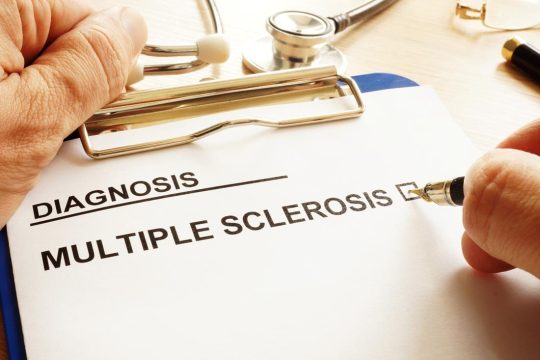Advertisment
Italy: Hepatitis epidemic linked to European outbreaks

Hepatitis A viruses (HAVs) circulating in an ongoing outbreak among men who have sex with men (MSM) in the Lombardy region of Italy are predominantly attributable to strains linked to two other recent outbreaks in Europe, according to research presented at The International Liver Congress 2018 in Paris, France.
Written by Gary Finnegan.
The study found that earlier cases in the Lombardy outbreak were related to an HAV strain reported in the Netherlands, while later cases were more frequently linked to a strain seen in the UK.
Although HAV is rarely fatal, 10-15% of symptomatic patients experience an illness lasting several months, and comorbidities increase the chance of serious liver complications.
HAV is generally transmitted through the faecal/oral route, although sexually transmitted outbreaks of HAV have occurred among MSM. Genetic sequencing of the HAV circulating in a particular outbreak can help determine its source and potentially help identify at-risk populations. Effective vaccines have become available within the last 25 years and routine vaccination is widely recommended.
‘We wanted to understand the ongoing HAV outbreak within a large group of patients including MSM from seven hospitals in the Lombardy region,’ explained Dr Massimo Iavarone from the Fondazione IRCCS Ca’ Granda Maggiore Hospital in Milan, Italy. ‘We used viral phylogenetic analysis to see if this outbreak was linked to other recent European outbreaks.’
The study prospectively analysed 244 cases of acute HAV between January and May 2017 (median age 33 years, range 18-76; 94% male; 59% MSM). The incidence rate of HAV in Lombardy was also analysed and was found to be 9.512 per 100,000 inhabitants during the study period, compared with 1.069 in 2016 and 0.750 in 2015. The phylogenetic correlation between the viruses currently circulating in Lombardy and other HAV strains was assessed by sequencing the VP1/2A region.
Hospitalisation was required by 80% of patients (median stay 7 days, range 2-44), and the median (range) alanine aminotransferase and bilirubin peak levels were 2,652 (47-8,914) IU/mL and 6.6 (0.4-18) mg/dL, respectively. Severe liver injury according to the EASL definitions occurred in 14% of patients, with no cases requiring liver transplants.
The molecular phylogenetic analyses revealed that 93% of patients were infected by HAV genotype IA and 7% with genotype IB. All of the genotype IA infections matched strains from one of three European outbreaks (UK, 54%; The Netherlands, 45%; Germany, 1%).
Interestingly, the proportion of cases infected by each strain varied with time; the strain from the Netherlands accounted for 100% of the January cases, but the strain from the UK dominated the later months of the outbreak (May 68%, June 70%).
‘There is a high hospitalisation rate for the patients in these linked HAV outbreaks involving young active workers, which may impact admissions to liver and infectious disease units and have significant direct and indirect economic consequences,’ said Dr Iavarone. ‘Efforts to increase hepatitis A vaccine coverage in high-risk groups must be taken to strengthen population protection from HAV.’
Prof. Markus Cornberg, Hannover Medical School, Germany, said the study emphasises the risk of acute HAV infection via sexual transmission in risk groups such as MSM. ‘Awareness campaigns for the prevention of sexually transmitted infections are important, and in this case of HAV, vaccination can prevent infections,’ he said.





